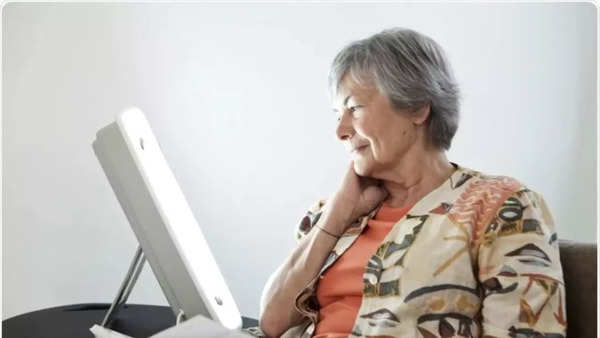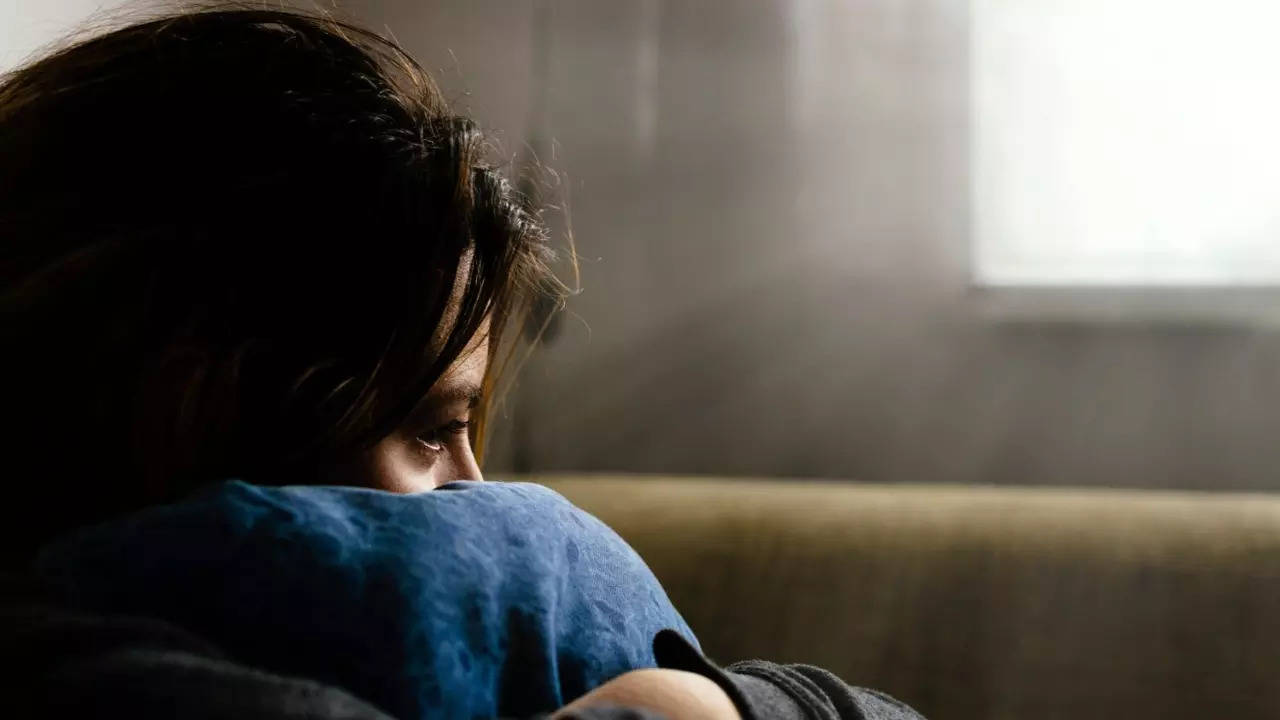Depression is a common mental illness that can impact all aspects of life. It can cause difficulties in school, work, relationships, and more. People with depression are also at an increased risk of suicide. A report published by the Centre for Disease Control and Prevention (CDC) in 2023 revealed that nearly one in five adults in the US have been diagnosed with depression.
The exact cause of depression is unknown, but it may be caused by a combination of genetic, biological, environmental, and psychological factors. Doctors commonly prescribe antidepressants to the ones suffering from this specific mental unwellness. However, these medicines come with a hefty list of possible side effects that include alarming skin disorders, ‘emotional blunting’ etc. The pills that are used to treat depression numb not just the hard times but all happy sensations in them, including joy.
However, as per some experts, a drug-free solution to depression could be as easy as flipping a switch to treat this mental unwellness that has become an epidemic in today’s world. It is well established that exposure to light affects human mood and cognitive functions. A recent study published in JAMA Psychiatry found that patients treated with
bright light therapy
(BLT) reported a 40% remission rate of
non-seasonal depression
proves this point.
The study involved 858 participants diagnosed with depressive disorders. The patients were instructed to sit in front of a fluorescent light box that produced bright white light at an intensity of 10,000 lux for at least 30 minutes every day. It was observed that patients treated with BLT had a significantly higher remission rate (40%) than those who were being treated with antidepressants (23%).
“Even though outpatient treatment costs with antidepressants are widely variable, exposure to external light generally involves no costs or limitations, which reinforces the need to firm bright light therapy as an efficient adjunctive treatment for non-seasonal depressive disorders,” researchers noted.
How does light exposure influence mood and cognition?
According to Forbes, when humans are exposed to bright lights, that light enters the retina, activating neurons known as retinal ganglion cells. These neurons transmit information between the retina and brain and are directly responsible for mood regulation.
However, experts warn that at-home treatments and commercial light boxes may not be as effective as those employed by healthcare professionals. For best results, consult a provider to determine the appropriate light intensity and duration of exposure for you.
What is bright light therapy (BLT)?
Bright light therapy (BLT) is a treatment that involves exposure to bright light to improve mood and regulate circadian rhythms. BLT is considered among the first-line treatments for seasonal affective disorder (SAD), yet a growing body of literature supports its use in other neuropsychiatric conditions including non-seasonal depression.
It can be used to treat a variety of conditions, including:
Circadian rhythm disorders: BLT can help treat conditions like delayed sleep phase syndrome (DSPS), which causes people to have trouble waking up in the morning.
Seasonal affective disorder (SAD): BLT is an effective treatment for SAD in adults.
Depression: Some studies suggest that BLT may be an effective
treatment for depression
in children and adolescents.
Sleep difficulties: BLT can help improve sleep in people with neurological disorders like Parkinson’s disease.
BLT works by stimulating sensors in the eyes that connect to the brain and reset the body’s circadian rhythms. The timing of light exposure is critical, and the desired effect depends on the condition being treated. For example, to treat DSPS, light should be delivered to the retina as soon as possible after waking up.
How to administer bright light therapy?
BLT can be administered in many ways, including:
Light box: Sitting in front of a light box that emits high-intensity fluorescent light for around two hours a day
Light visor: Wearing a light source that hangs over the eyes like a tennis visor
Sunlight: Getting visual exposure to bright sunlight shortly after sunrise, between 6 AM and 9 AM
People with bipolar disorder or severe depression should consult a mental health professional before trying BLT.
What is depression?
Depression is a mental health condition that causes a persistent low mood or loss of interest in activities. Depression can cause a sour mood that lasts for most of the day, nearly every day, for at least two weeks, and can trigger loss of interest or pleasure in activities. It can also induce disturbance during sleep, changes in appetite, feelings of low self-worth, hopelessness, and suicidal thoughts even. Depression also causes tiredness and poor concentration, irritability, frustration, or restlessness. The physical effects of depression are found in aches, pains, headaches, or stomach problems.
Are you over-exercising? Beware of these 5 side-effects
I’m Manas Ranjan Sahoo: Founder of “Webtirety Software”. I’m a Full-time Software Professional and an aspiring entrepreneur, dedicated to growing this platform as large as possible. I love to Write Blogs on Software, Mobile applications, Web Technology, eCommerce, SEO, and about My experience with Life.







